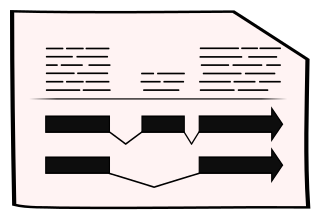Ancylostoma ceylanicum
BioProject PRJNA72583 | Data Source McDonnell Genome Institute | Taxonomy ID 53326
About Ancylostoma ceylanicum
The nematode Ancylostoma ceylanicum, or mammalian hookworm, is a parasite that attaches to the intestine of animals - particularly humans and hamsters - causing anaemia in the host. It is a good model for studying human hookworms.
There is 1 alternative genome project for Ancylostoma ceylanicum available in WormBase ParaSite: PRJNA231479
Genome Assembly & Annotation
Assembly
The genome assembly was produced by the Mitreva laboratory at the Genome Institute of Washington University, and submitted in late 2013 as part of the 50 Helminth Genomes project. The assembly was then improved as described in Magrini et al (2018).
Annotation
The gene predictions were made by the Mitreva laboratory at the Genome Institute of Washington University, and submitted in late 2013 as part of the 50 Helminth Genomes project. The annotation was then updated by GIWU, as described in Magrini et al (2018), by incorporating PacBio cDNA data (available from release 12), and later by WormBase ParaSite (release 15) to incorporate missing gene models: here we present a version retrieved in January 2020 from http://nematode.net.
Downloads
Tools
Key Publications
- International Helminth Genomes Consortium. Comparative genomics of the major parasitic worms. Nat Genet, 2019;51(1):163-174
- Magrini V, Gao X, Rosa BA, McGrath S, Zhang X, Hallsworth-Pepin K, Martin J, Hawdon J, Wilson RK, Mitreva M. Improving eukaryotic genome annotation using single molecule mRNA sequencing. BMC Genomics, 2018;19(1):172
Navigation
Assembly Statistics
| Assembly | A_ceylanicum1.3.ec.cg.pg, GCA_000402015.1 |
| Database Version | WBPS18 |
| Genome Size | 348,994,891 |
| Data Source | McDonnell Genome Institute |
| Annotation Version | 2020-04-WormBase |
Gene counts
| Coding genes | 17,509 |
| Gene transcripts | 17,509 |
Learn more about this widget in our help section
This widget has been derived from the assembly-stats code developed by the Lepbase project at the University of Edinburgh











